Discover the eastern area of Aragón, which has experienced a great expansion in recent decades.
ENVIRONMENT
Castles, bridges, museums, churches, wineries, vineyards...
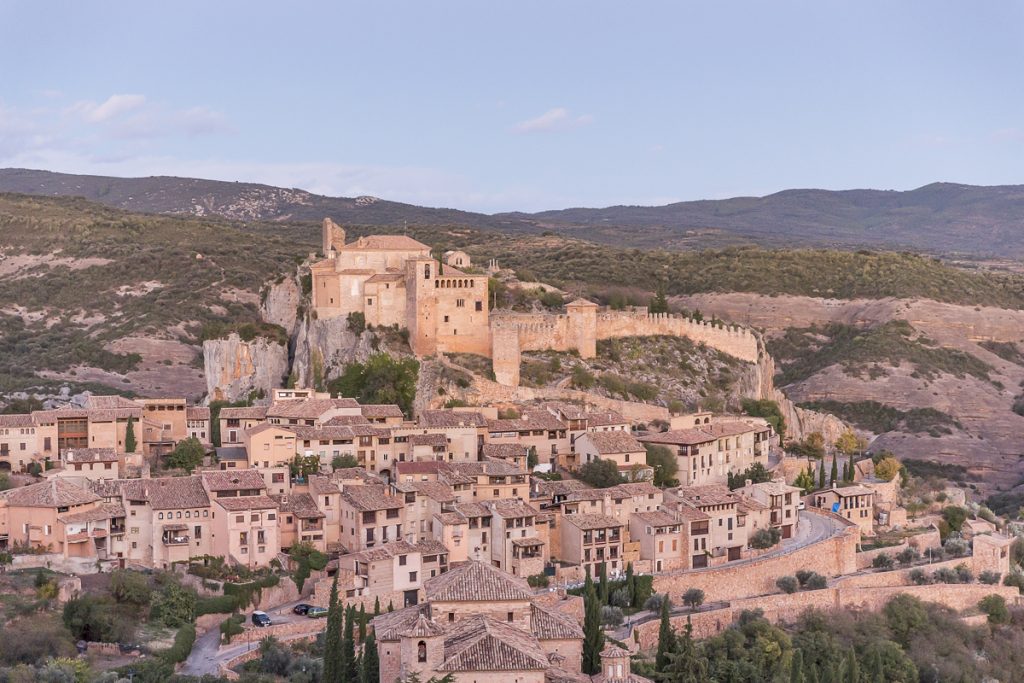
Declared a Historic-Artistic Site, the town of Alquézar invites you to go back in time through a relaxing tour of its narrow cobbled streets and most emblematic corners. Its hamlet extends at the foot of its castle of Islamic origin, converted into a collegiate church after the Christian reconquest.
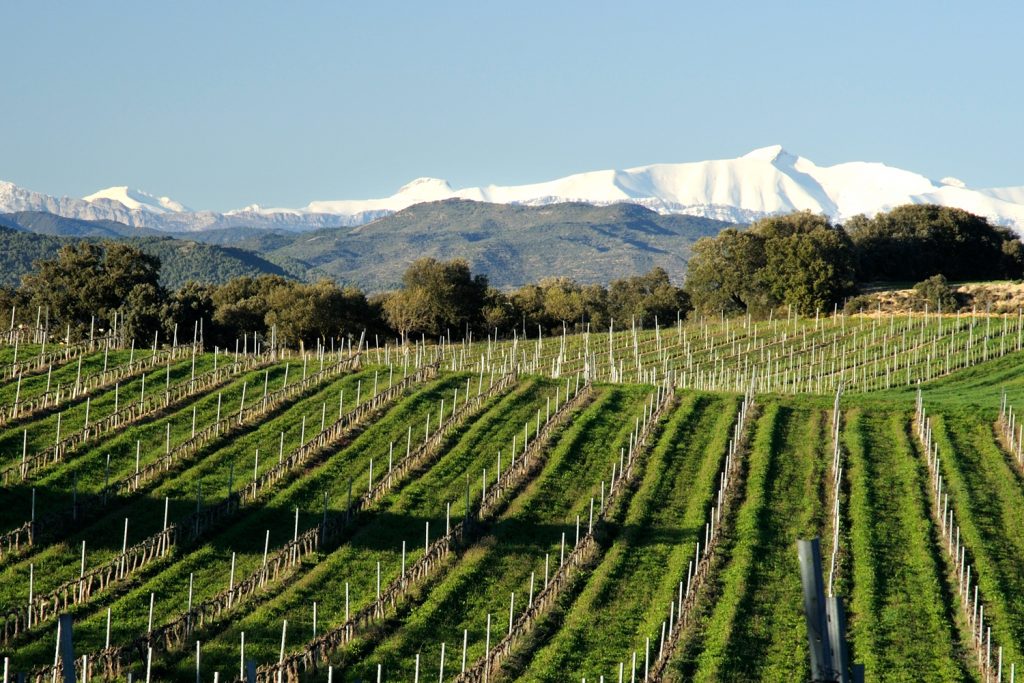
It is a land of transition between the Ebro valley and the Pyrenees that enjoys a mild microclimate for vineyards, so that the ripening of the grapes is earlier than in other areas of Aragon. The most commonly produced grape varieties are Cabernet Sauvignon, Merlot, Tempranillo and Chardonnay.
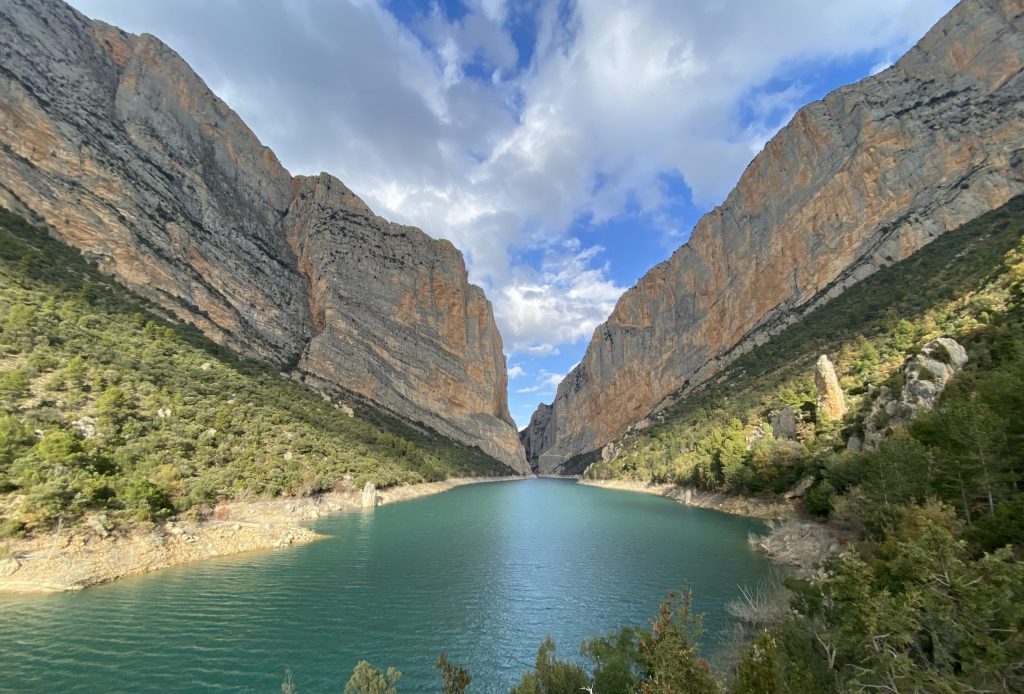
The Noguera Ribagorzana river forms a natural border between the Aragonese and Catalan Pyrenees. It faces the Montsec barrier in the Mont Rebei gorge, a huge crevasse that reaches more than 300 meters of vertical drop. You can cross it through a vertiginous cantilever from which you can admire breathtaking views.
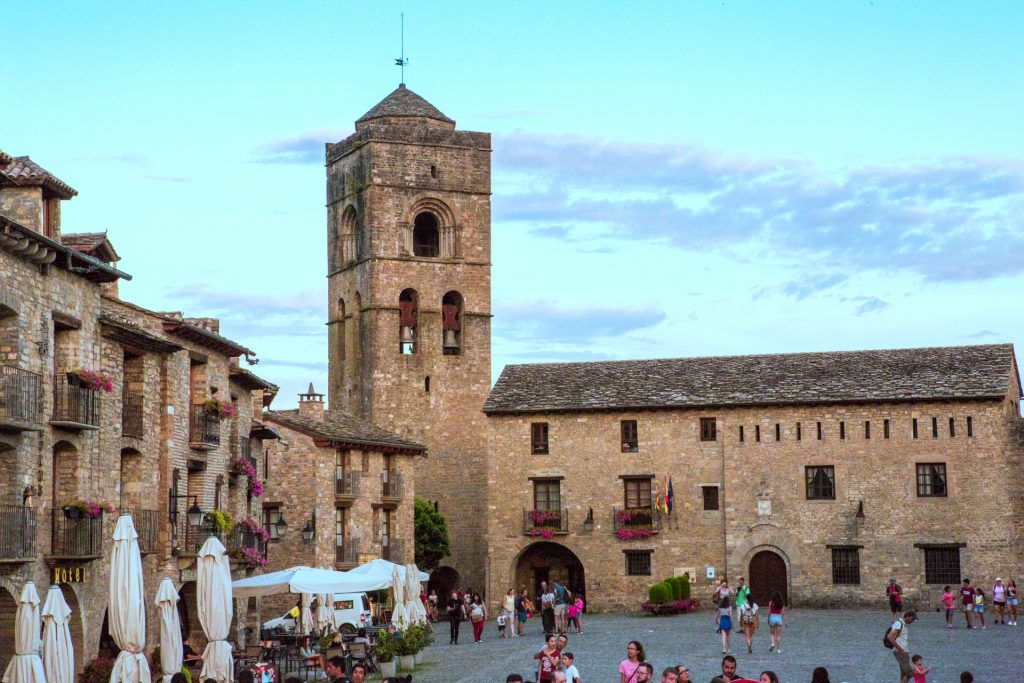
The village is located at the confluence of the Ara and Cinca rivers, under the watchful eye of Peña Montañesa. In its old town time seems to have stopped in the Middle Ages, not in vain is listed as a Historic-Artistic Site.
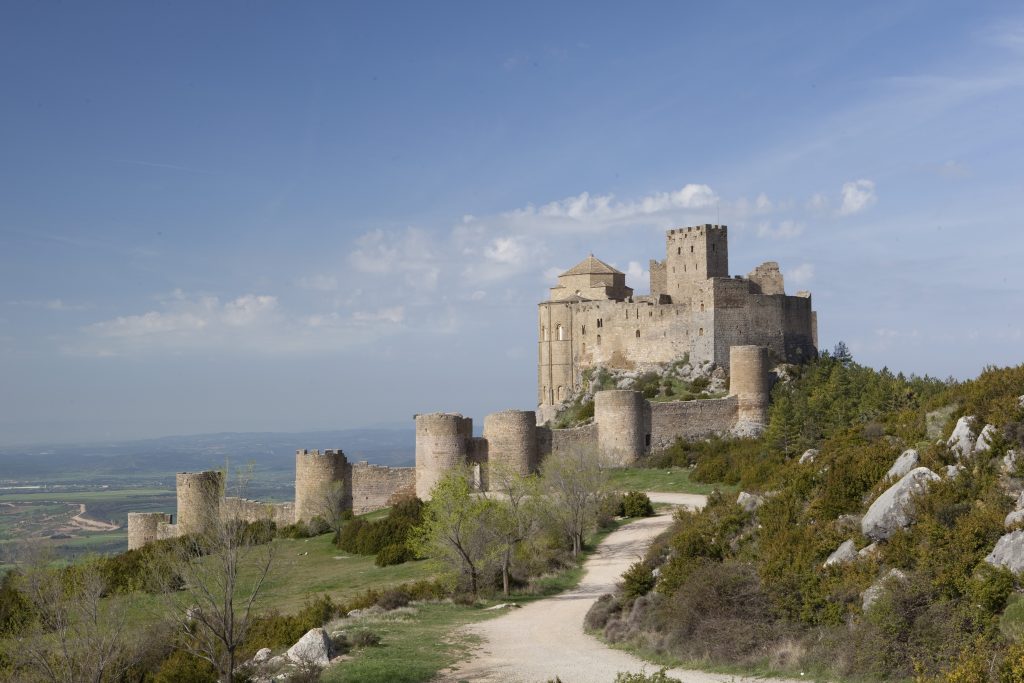
Built in the eleventh century, Loarre Castle was first a royal palace, later a monastery and now a film set. The imposing wall that surrounds it and its eleven towers will welcome you.
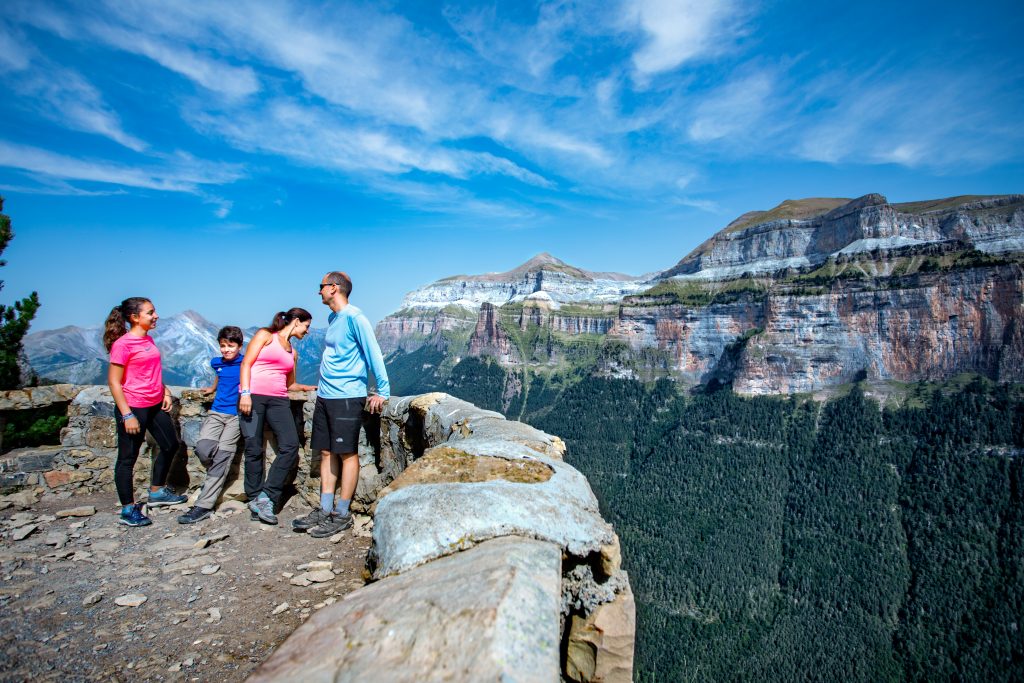
Declared World Heritage by UNESCO, the National Park of Ordesa and Monte Perdido includes a set of four valleys (Ordesa, Añisclo, Escuaín and Pineta), which extend like arms around Monte Perdido, the highest limestone massif in Europe.
© Copyright 2022 Plaza Apartamentos
Plaza de la Litera 18-19, 22500 Binéfar, Huesca

